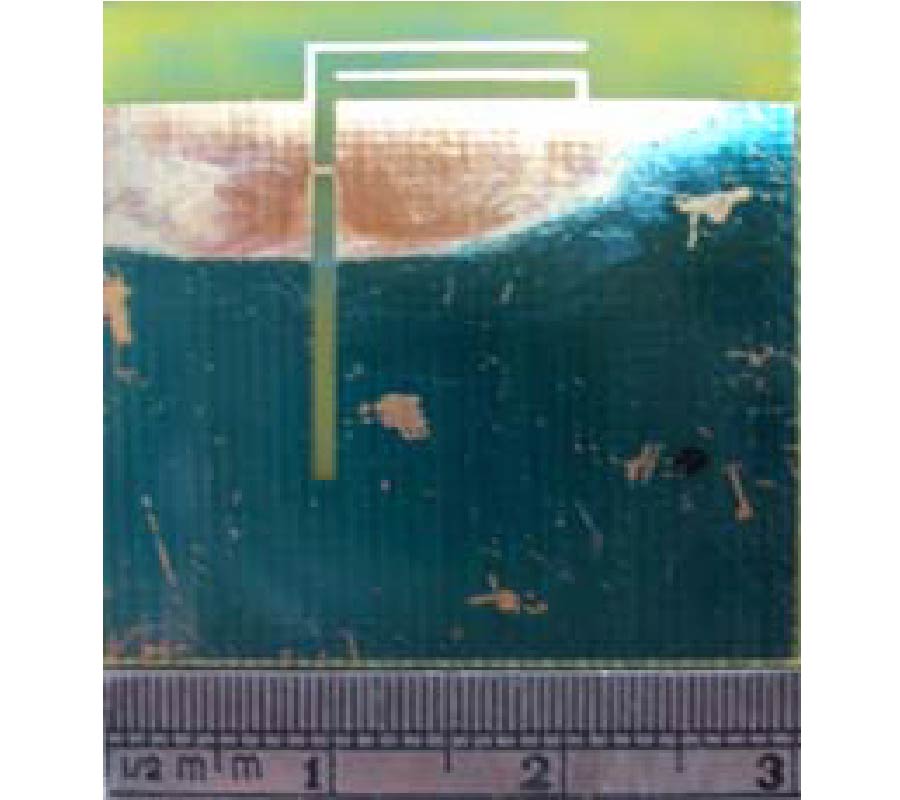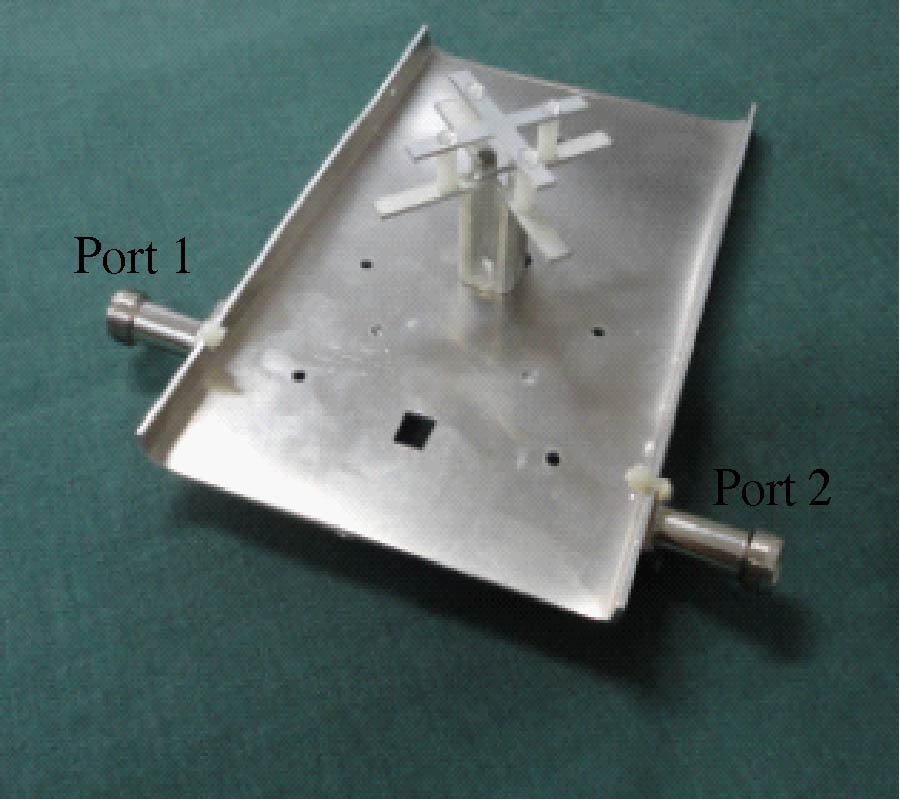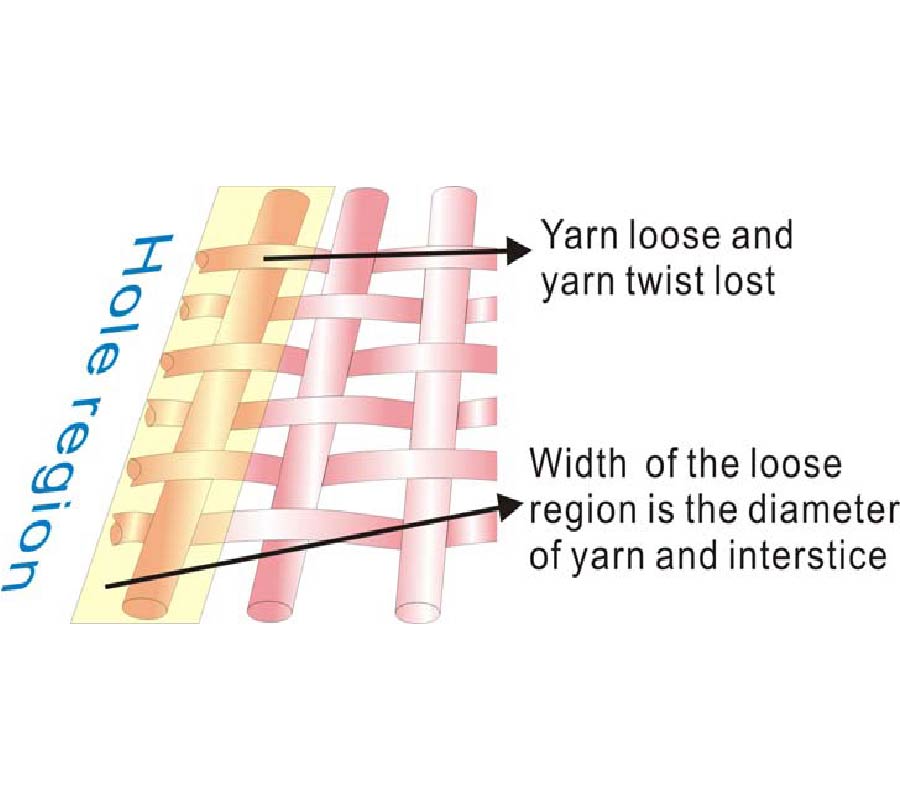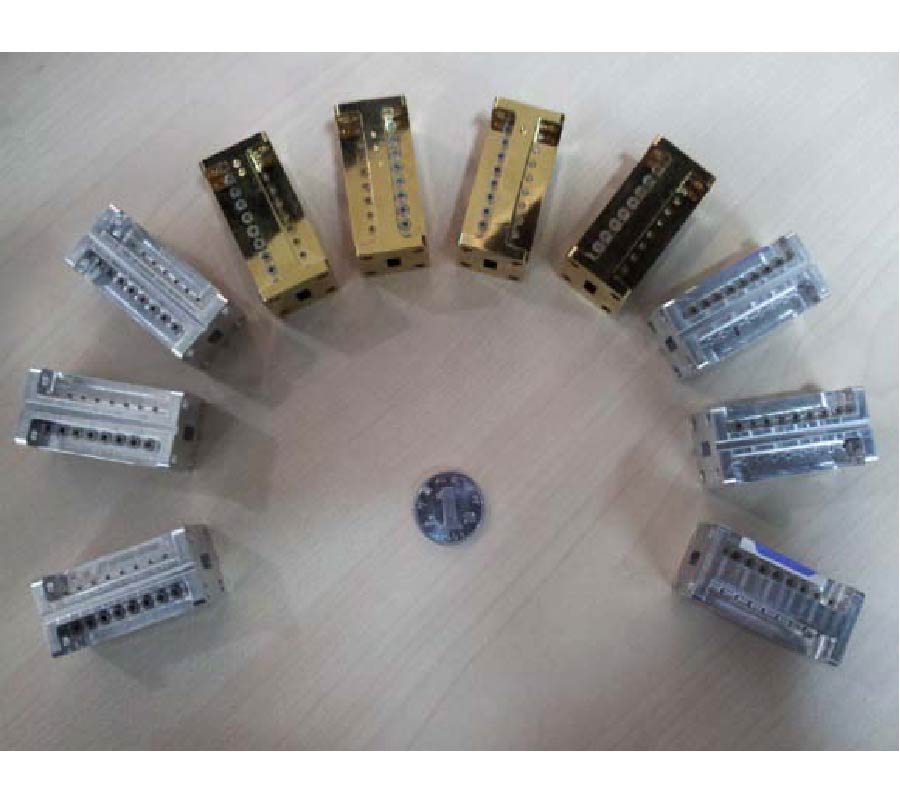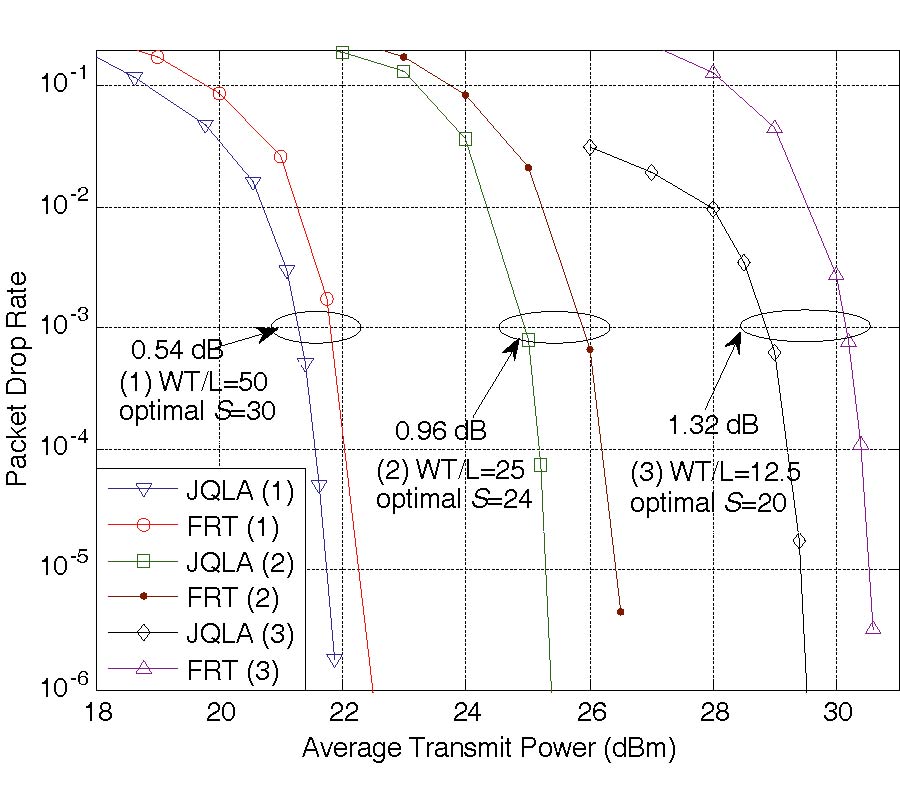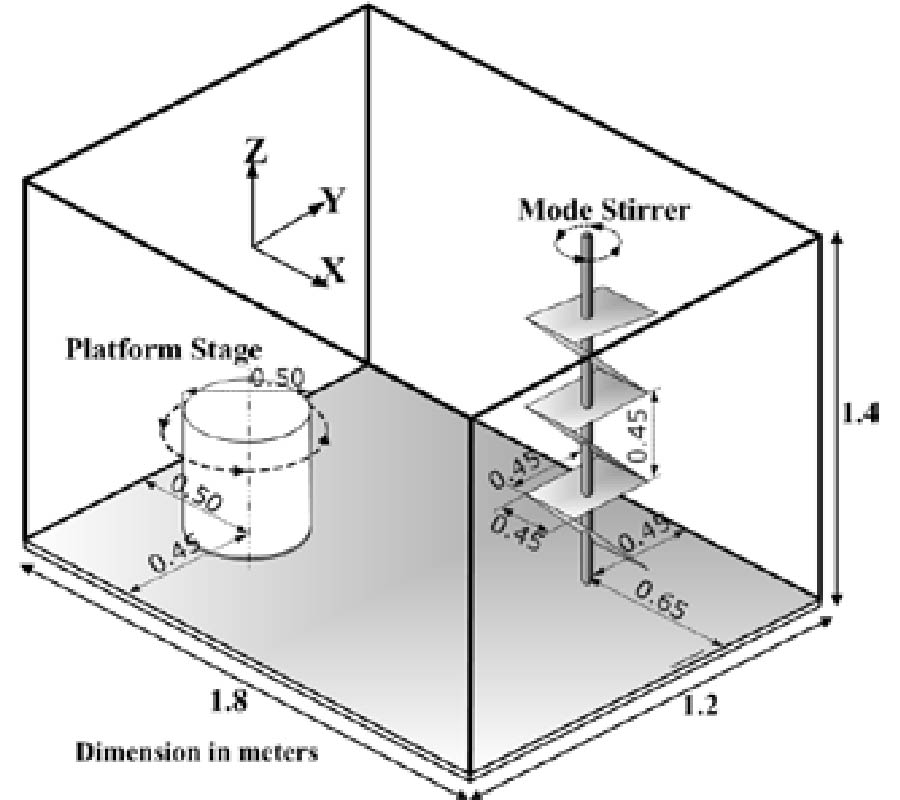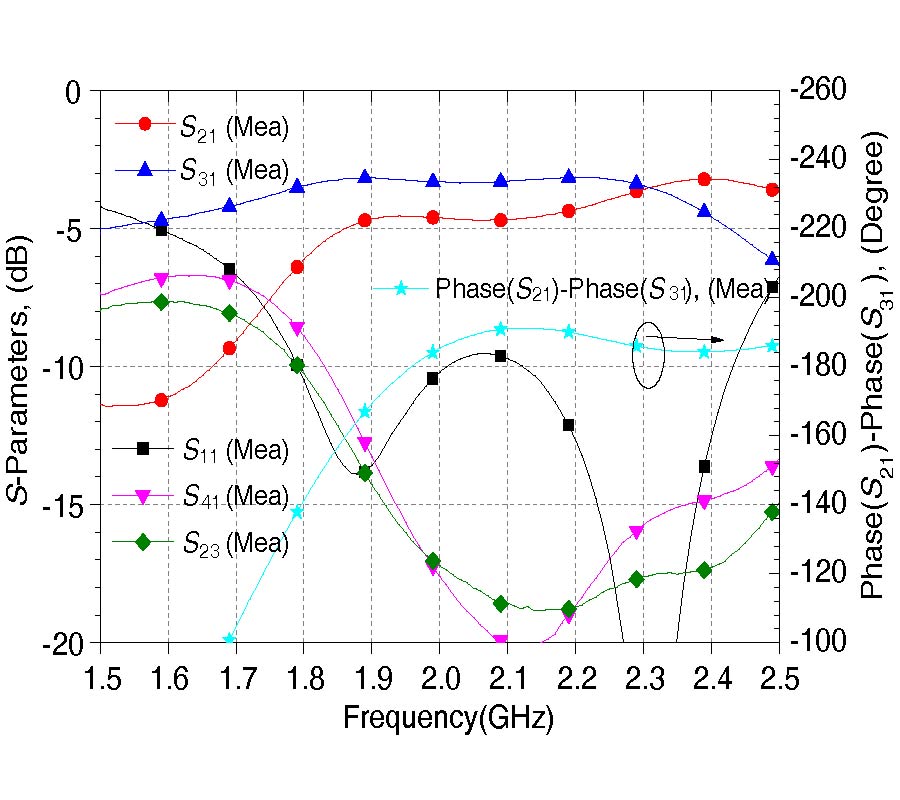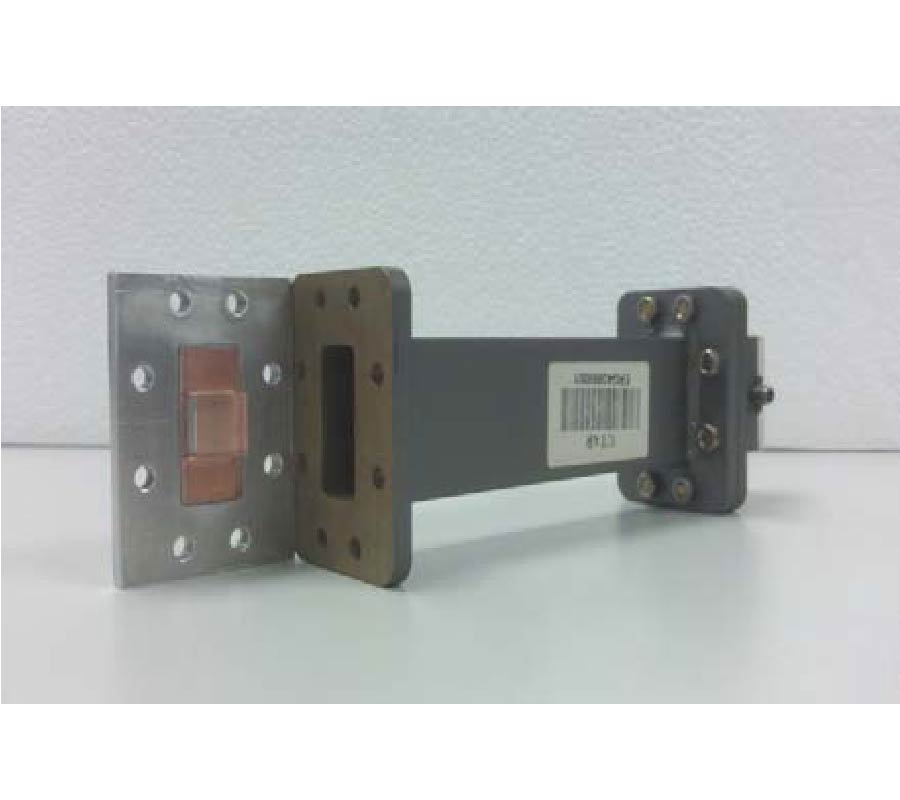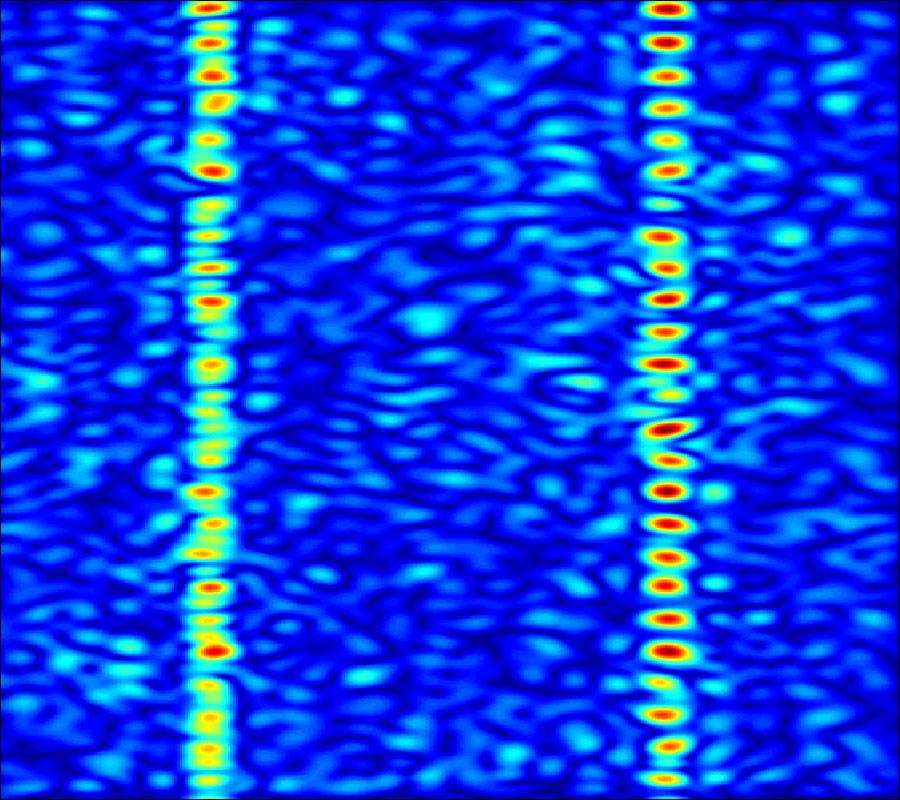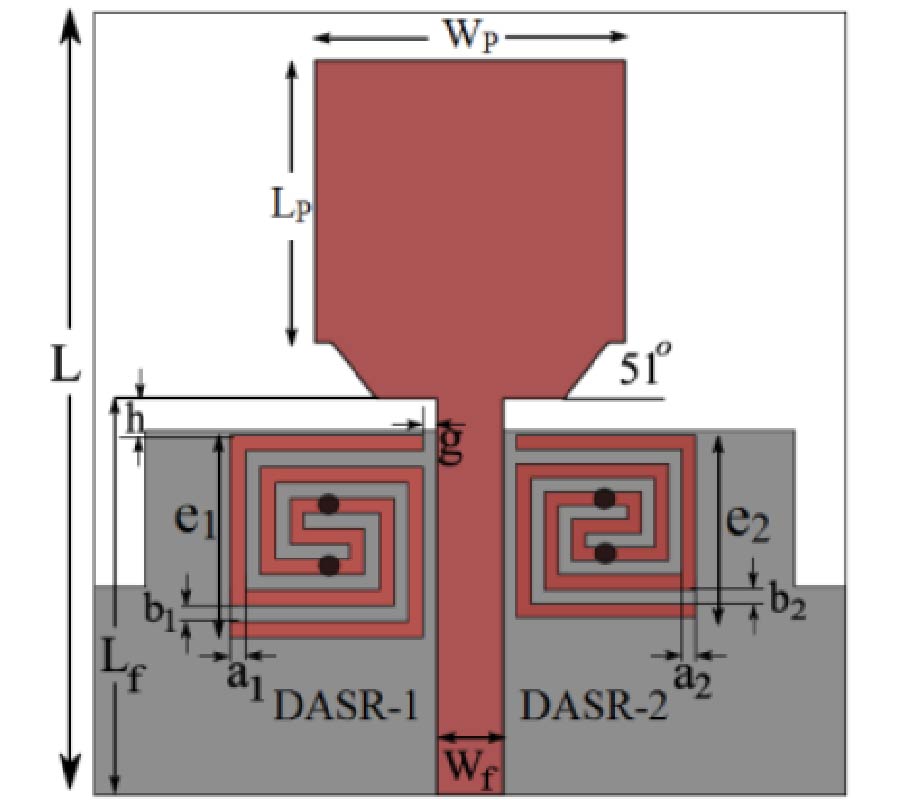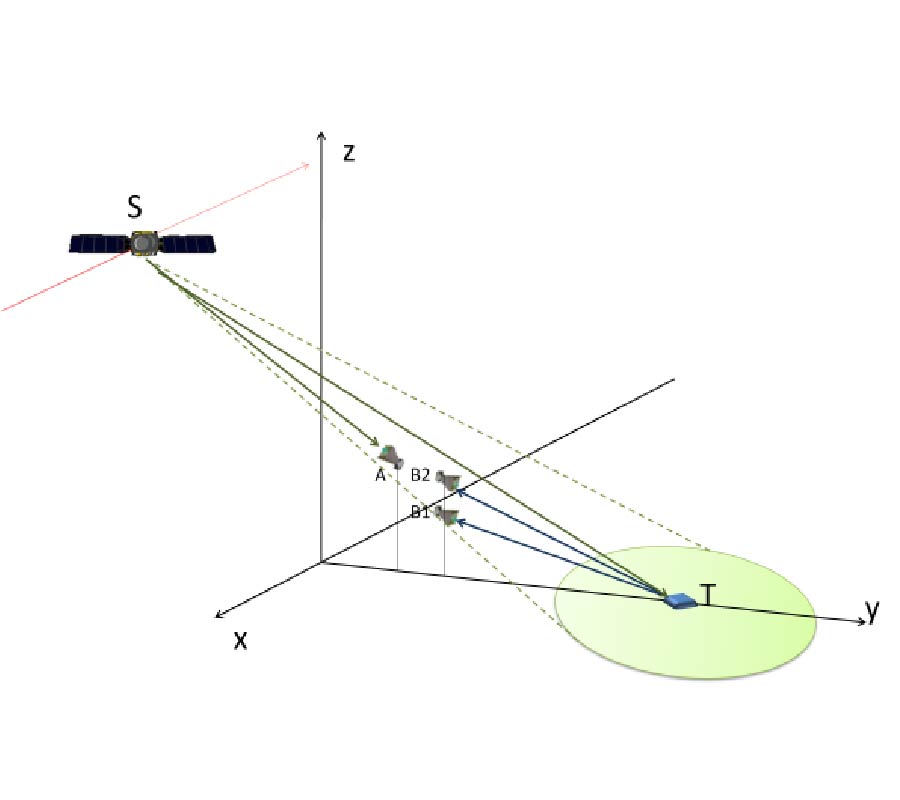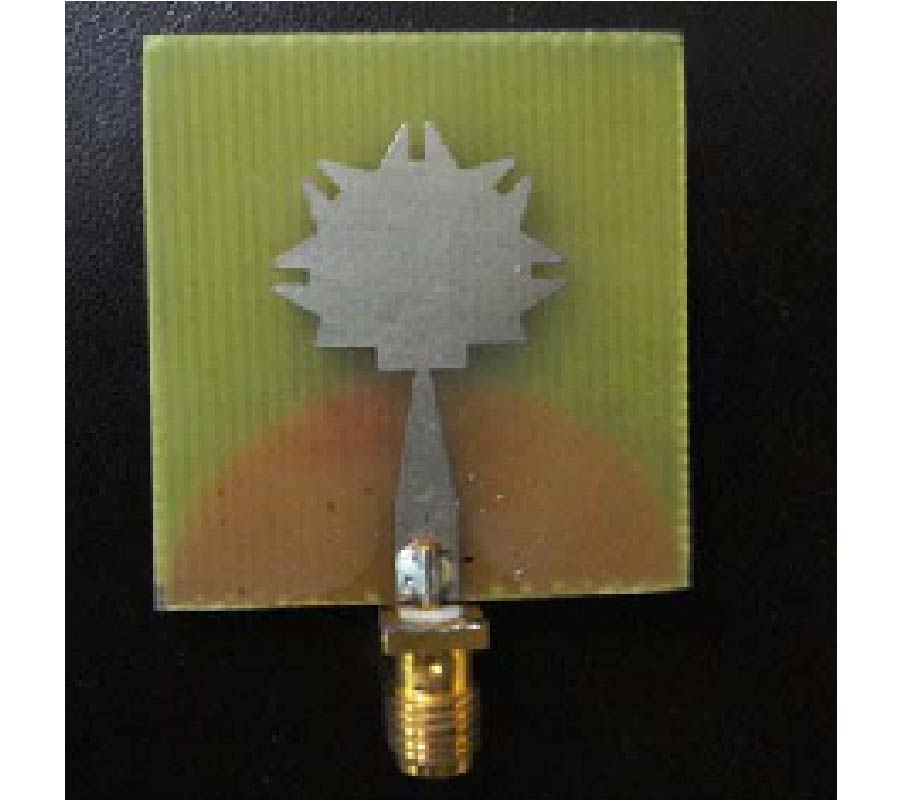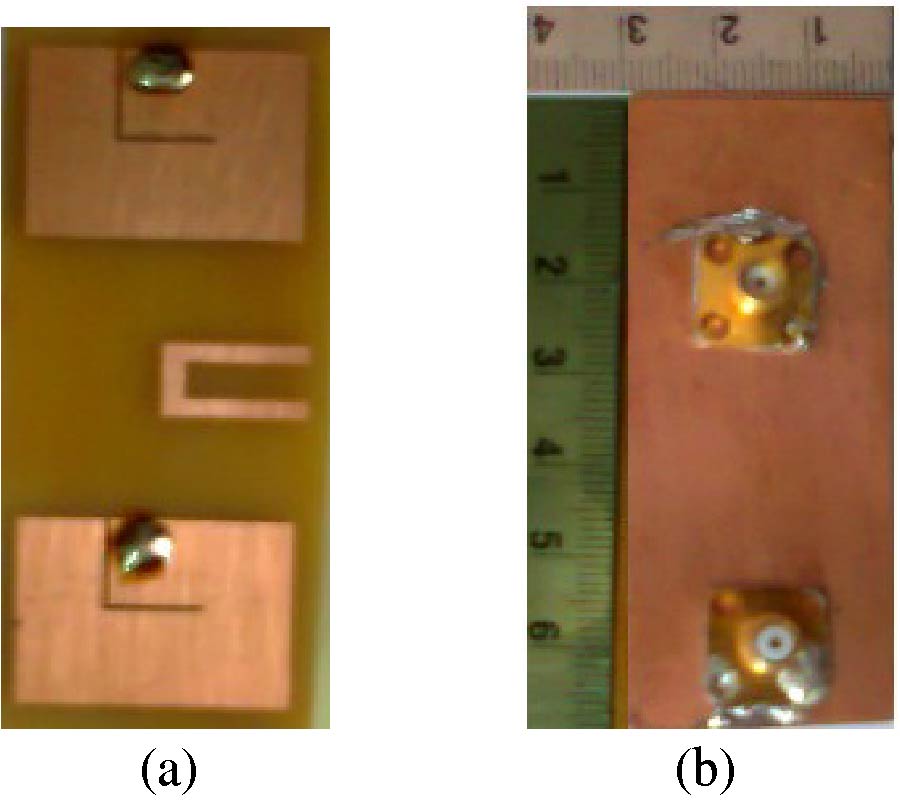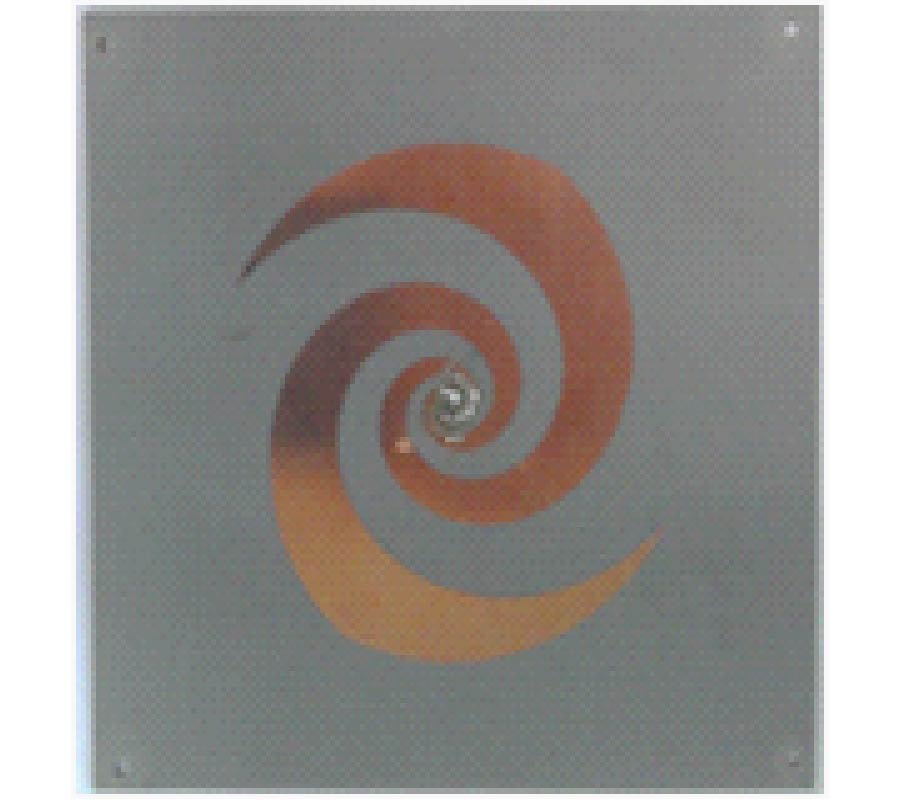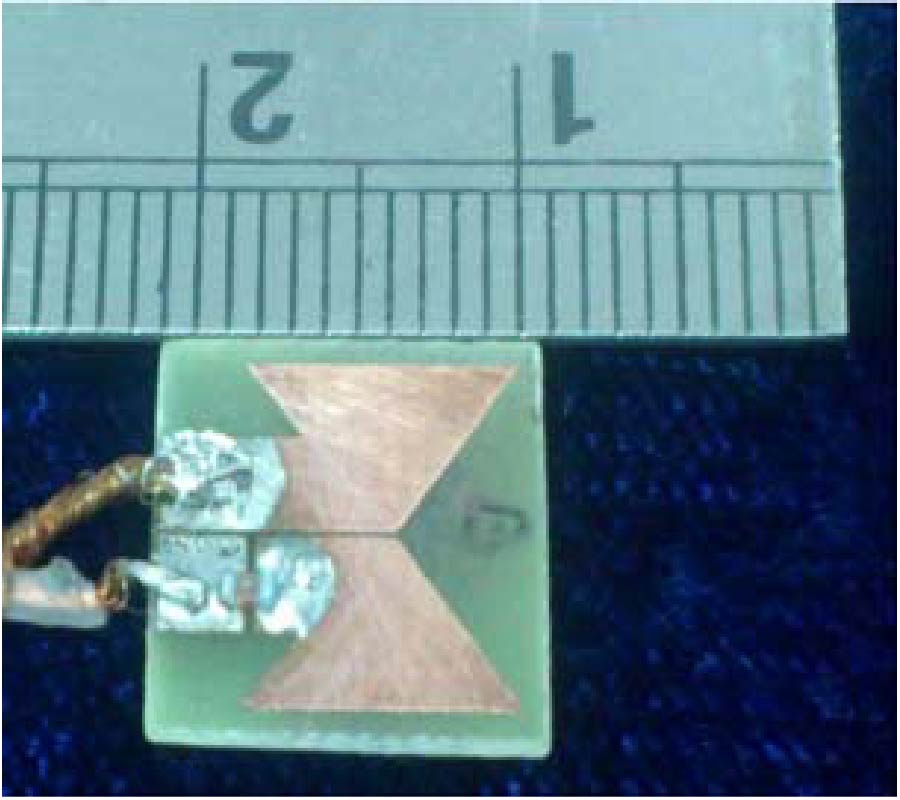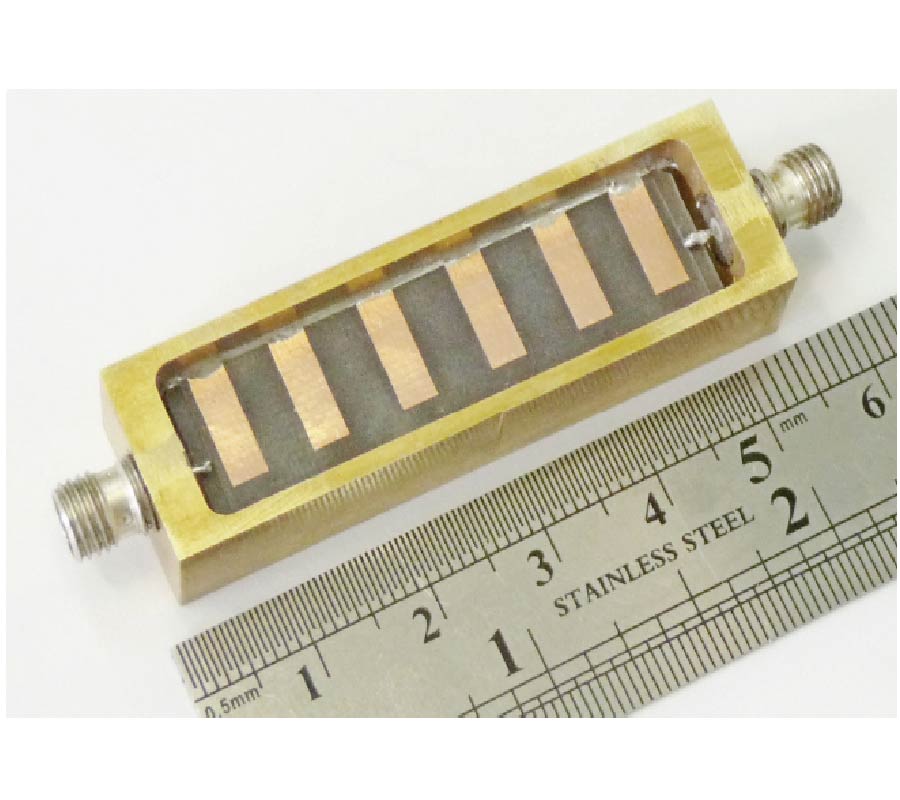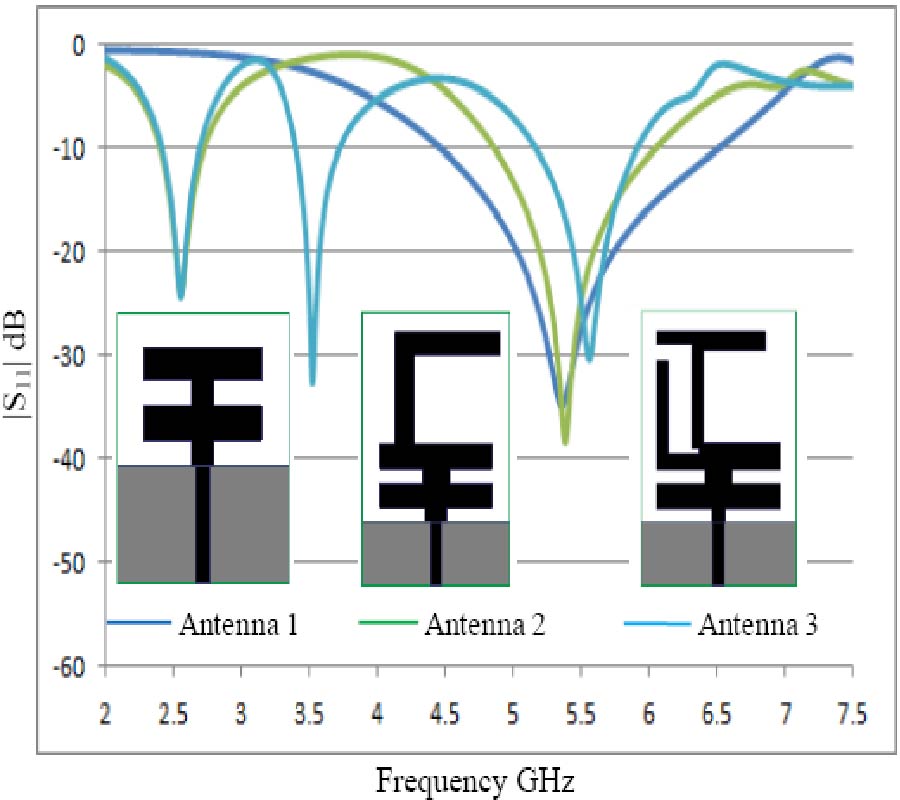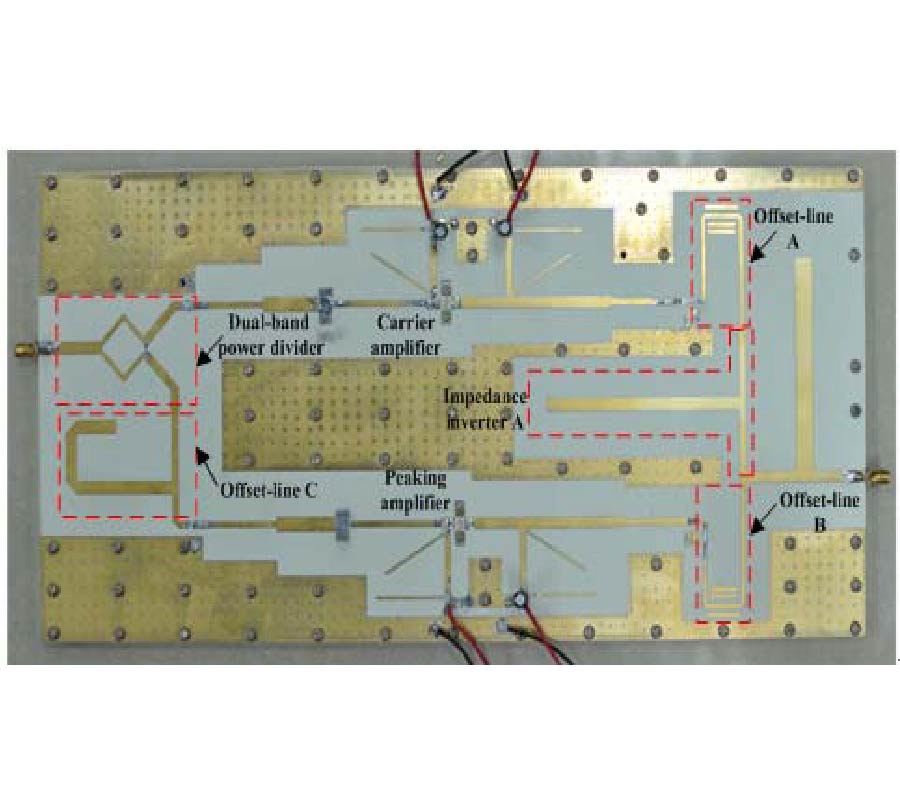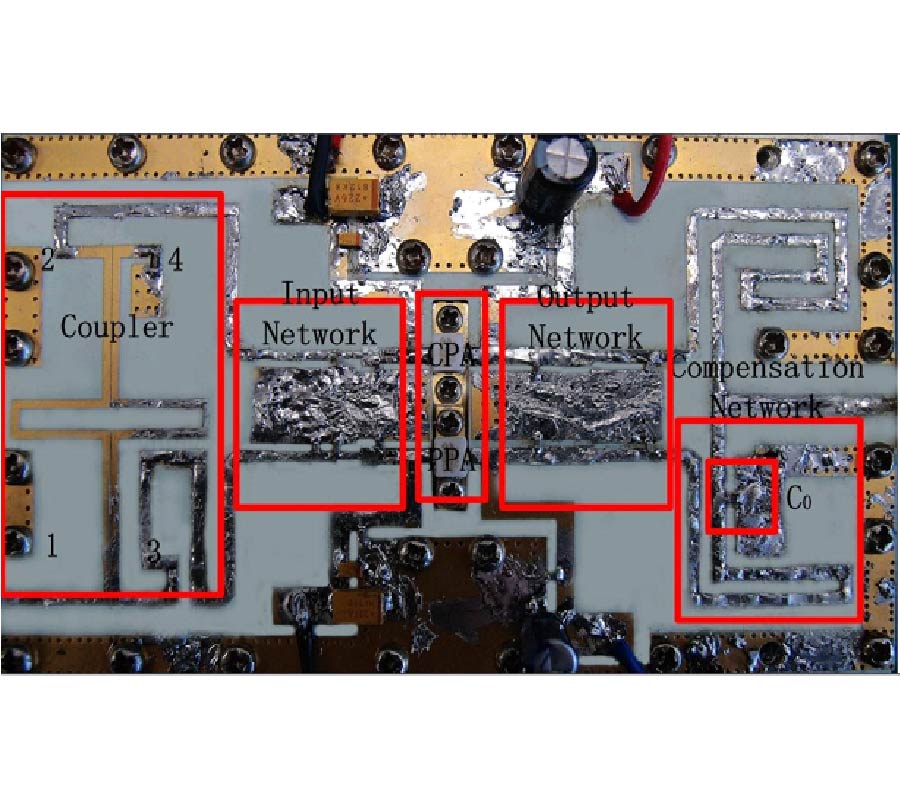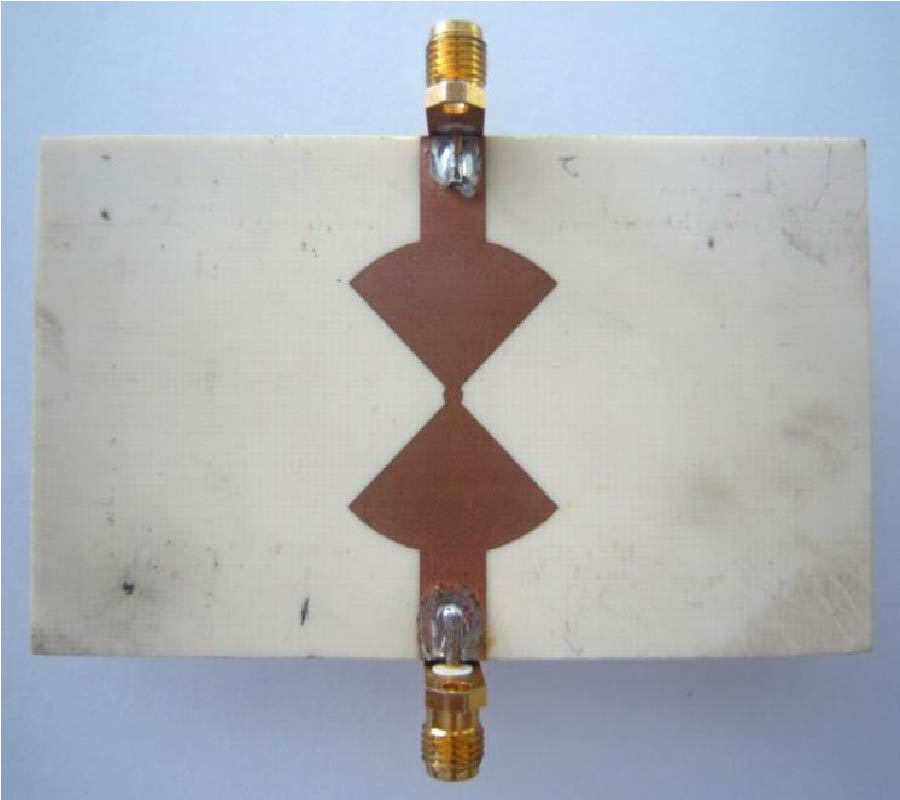Design of h-Plane Inductance Diaphragm Waveguide Band-Pass Filter for Millimeter Imaging Frontend
Baohua Yang,
Zhi-Ping Li,
Jin Zhang,
Xianxun Yao,
Cheng Zheng,
Xiaozhou Shang and
Jungang Miao
This study presents an equivalent circuit and a design of an H-plane waveguide bandpass filter (BPF) with chamfer. Traditionally, only thin inductive diaphragm with no chamfers considered in the direct-coupled cavity theory, but this will lead to difficulties in the BPF manufacturing. During manufacturing process the chamfer cannot be avoided, and its equivalent circuit and effects on frequency shifting are investigated in this paper. A new design method is proposed in order to compensate the effect of chamfer in the half-wavelength resonator connection between the inductance diaphragm and the waveguide. A modified empirical formula and corresponding procedure are provided for designing such filters. The working center frequency and 3 dB bandwidths (BW) are simulated considering different chamfer radius. The simulated center frequencies are 18 GHz, 26 GHz, 34 GHz and 42 GHz, and BWs are 2.265%, 2.5%, 10%, 15% and 20%. Results show that the modified formula, which conforms better with the simulated results, is superior to the traditional formula. Two H-plane waveguide BPFs are manufactured with center frequency 26 GHz with 2.5% BW and 34 GHz with 2.265% BW. The results of the modified formula are in good agreement with measured ones.
